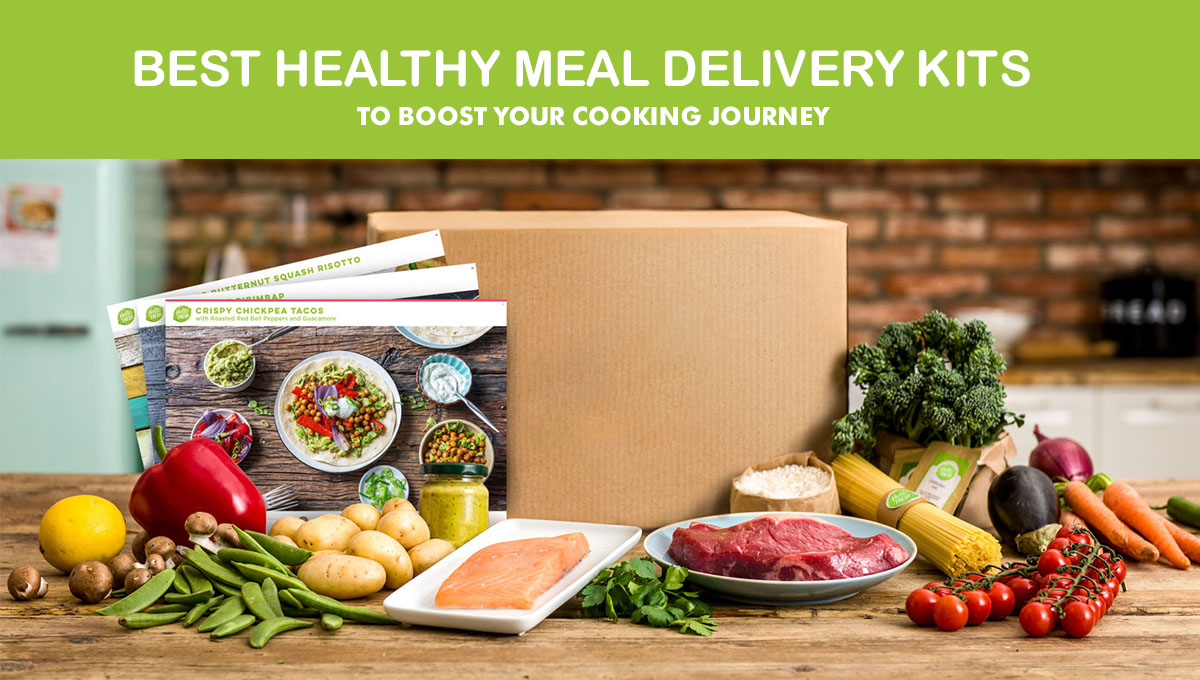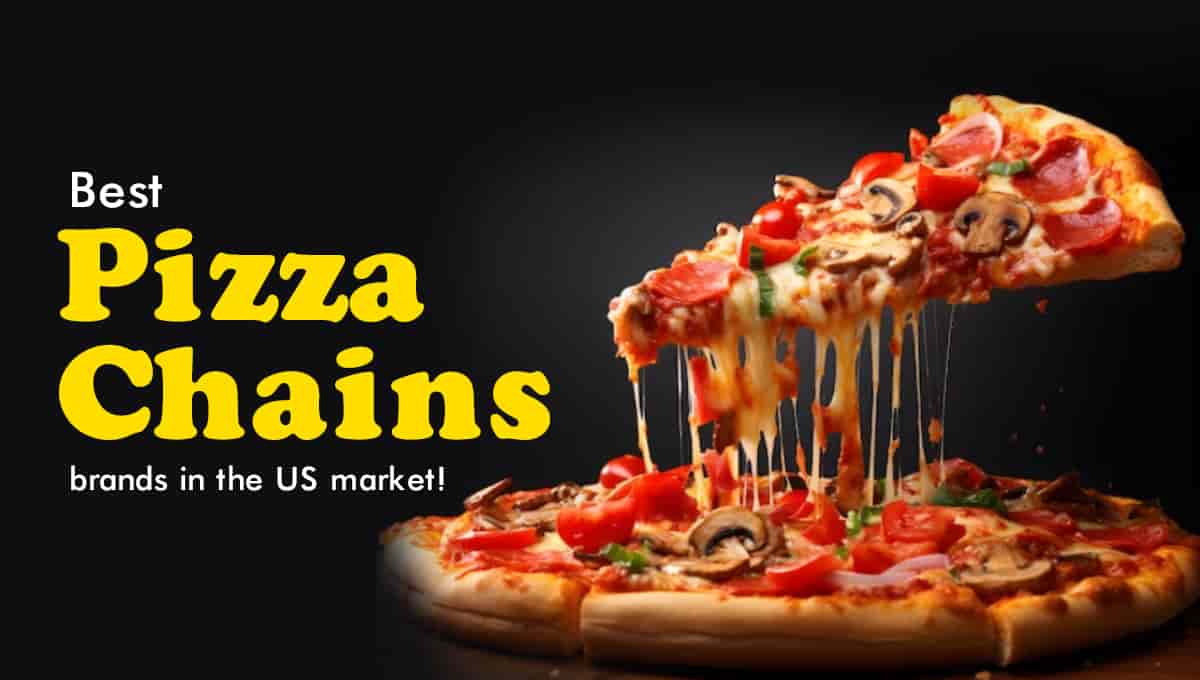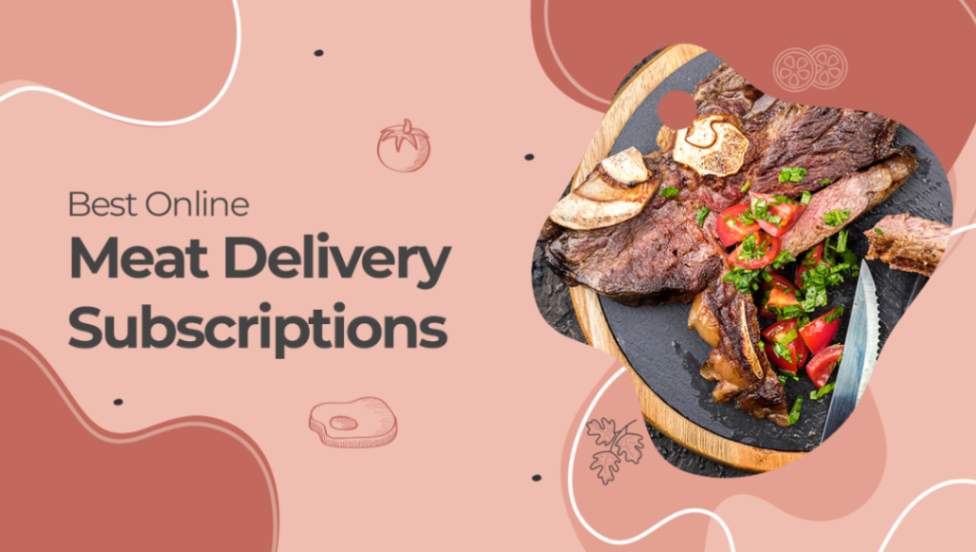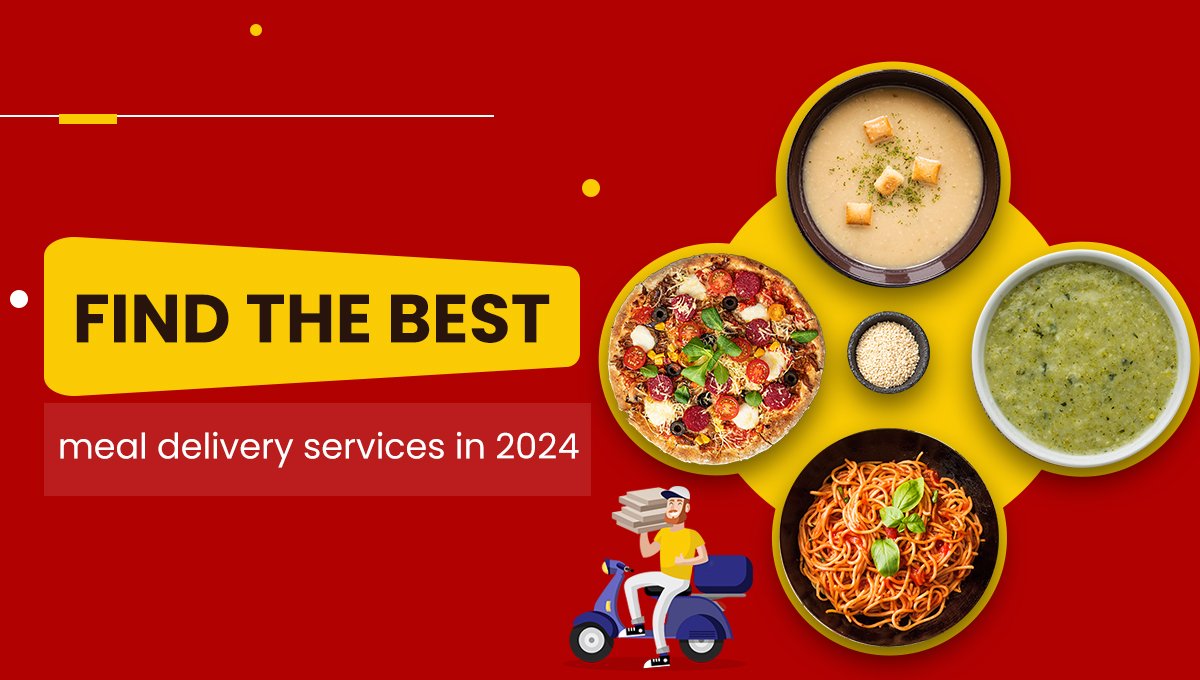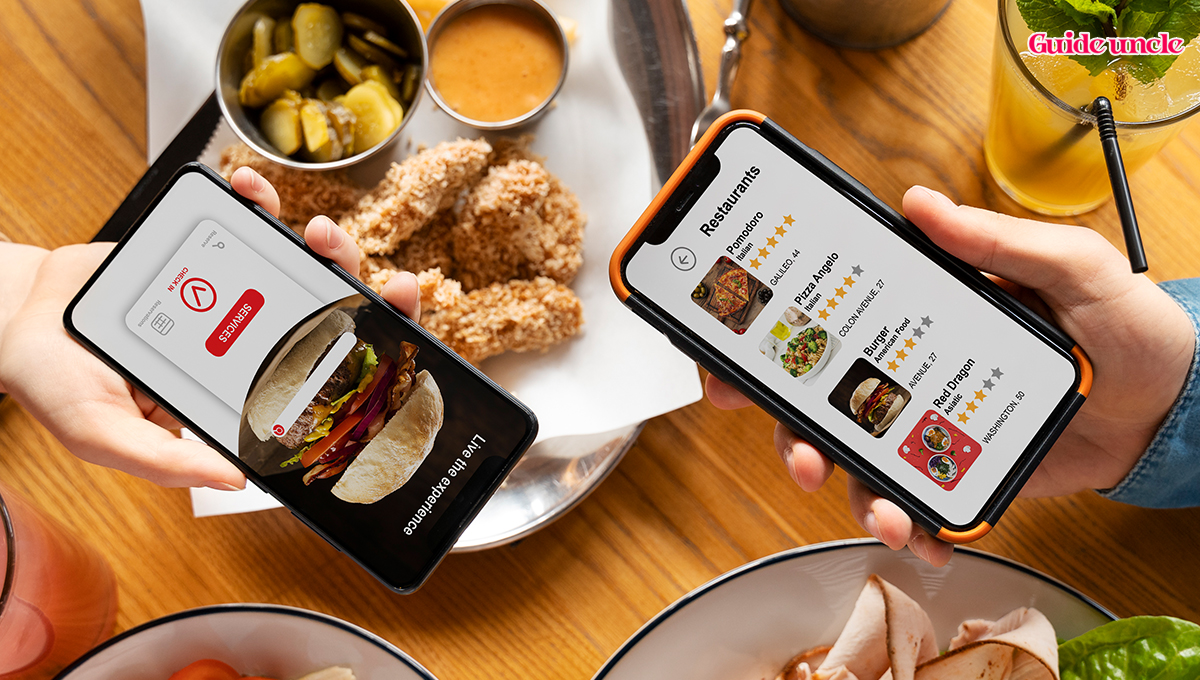
Cloud Kitchens business are the future of food delivery
Food delivery is booming, and the cloud kitchen business is at the center of it. With no fancy dining halls or waiters, the cloud kitchen business runs only through kitchens built for delivery. The smart part about the cloud kitchen business is that it cuts costs, focuses on speed, and lets entrepreneurs serve more people with less risk.
How It Works
A cloud kitchen is simple. It is a kitchen set up only for online orders. No tables, no dine in. Customers order through apps, the kitchen prepares, delivery partners pick up, and food goes straight to the customer.
This setup is often called the cloud kitchen business model. It is lean, focused, and cheaper than running a full restaurant. Rent is lower, staff is smaller, and the menu can be adjusted quickly.
Why It Attracts Entrepreneurs
Starting a restaurant is expensive. Rent, furniture, staff, licenses, decor. With cloud kitchens, most of that is cut out. You only pay for the cooking space and the equipment. That is why cloud kitchen startups are growing so fast. Young entrepreneurs, even home chefs, now have a way to sell food without taking massive loans.
Some even start as a food business from home and then scale into a larger cloud kitchen once demand grows. It is a flexible path that works for both small and large players.
Franchise Opportunities
Big players are not ignoring this trend. Today, there are options to join a cloud kitchen franchise. These franchises provide the brand name, recipes, and sometimes even the marketing support. For someone who wants to jump into the industry but does not want to build everything from scratch, franchises are a shortcut.
Of course, they come with fees and rules. But for many, the trade off is worth it.
Technology Makes It Possible
Cloud kitchens rely heavily on tech. Order management systems keep everything in sync. Multiple orders from different apps are tracked in one place. Staff can see what needs to be cooked, delivery partners get notified, and the customer gets updates. Without these systems, chaos would take over.
Technology also helps in planning menus, tracking sales, and forecasting demand. It is the backbone of the model.
Marketing Is Key
No one walks past a cloud kitchen. There is no signboard outside, no decor to attract people. That is why kitchen advertising becomes important. Social media, food delivery apps, influencer shout outs, even discounts on the first few orders — these act as the “front door” for the kitchen. Without strong online marketing, even the best food gets lost in the noise.
Comparing Models
You might hear terms like cloud kitchen vs dark kitchen. Some people use them the same way, but there is a small difference. A cloud kitchen usually operates openly with multiple brands under one roof, serving delivery apps. A dark kitchen is often more hidden, sometimes cooking for other restaurants or delivery chains without its own name. Both rely on delivery, but cloud kitchens are usually more brand facing.
Challenges You Need to Know
It is not all easy. The competition is fierce. Big brands and small home cooks fight for the same online space. Delivery apps take commissions, sometimes up to 30 percent, which eats into profits. And without dine in, customer loyalty is harder to build. People often chase discounts rather than sticking to one brand.
Another challenge is consistency. Since everything is delivery, if the food arrives cold or late, the customer blames the kitchen, even if the problem was with the delivery service. Handling this balance is tough.
How to Grow Smart
If you are serious about scaling, think beyond just cooking. Use tech to study data. Which dishes sell more, at what times, in which areas. Adjust your menu based on demand. Build a strong identity online, use photos and videos to show your food.
If you started as a food business from home, keep that personal story alive in your brand. People connect with it. And once you build steady demand, consider moving into a larger kitchen space or joining a cloud kitchen franchise to grow faster.
Final Word
The food industry is changing. The cloud kitchen business proves that you do not need a big restaurant to succeed. With the cloud kitchen business model, entrepreneurs cut costs, stay flexible, and reach customers directly through apps. Cloud kitchen startups are rising everywhere, and even big names are experimenting with cloud kitchen franchise setups.
With smart order management systems, strong kitchen advertising, and a clear strategy, even a small food business from home can scale into something big. The debate of cloud kitchen vs dark kitchen will continue, but one thing is clear, delivery first kitchens are here to stay.
If you want to join the trend, start small, keep it simple, and use technology and marketing to grow. The future of food is not just in dining halls. It is in the cloud.





